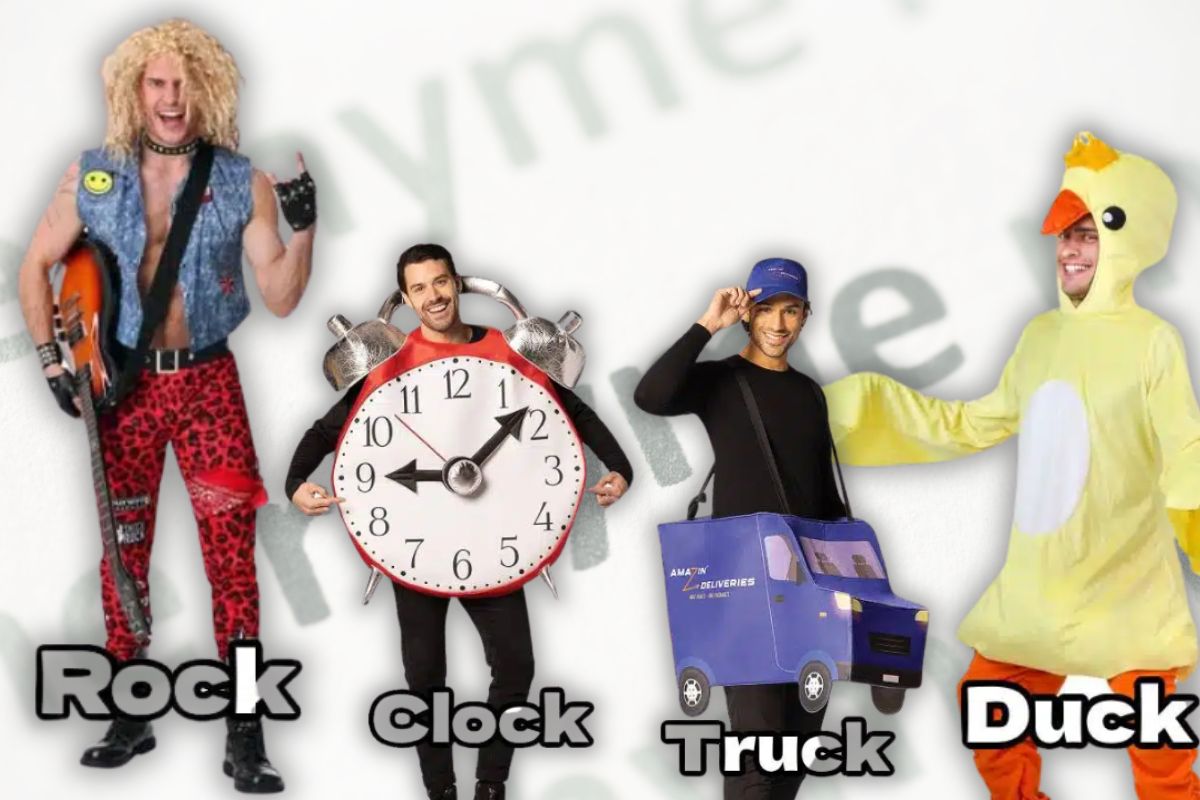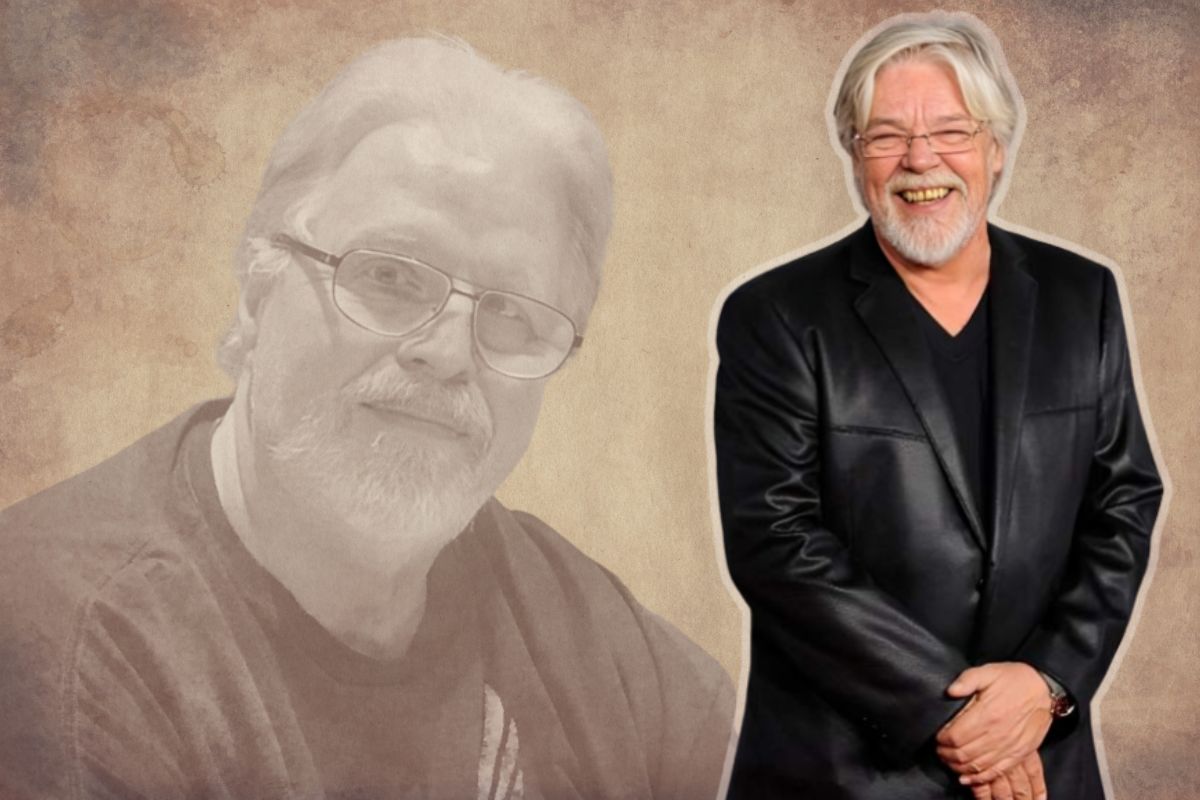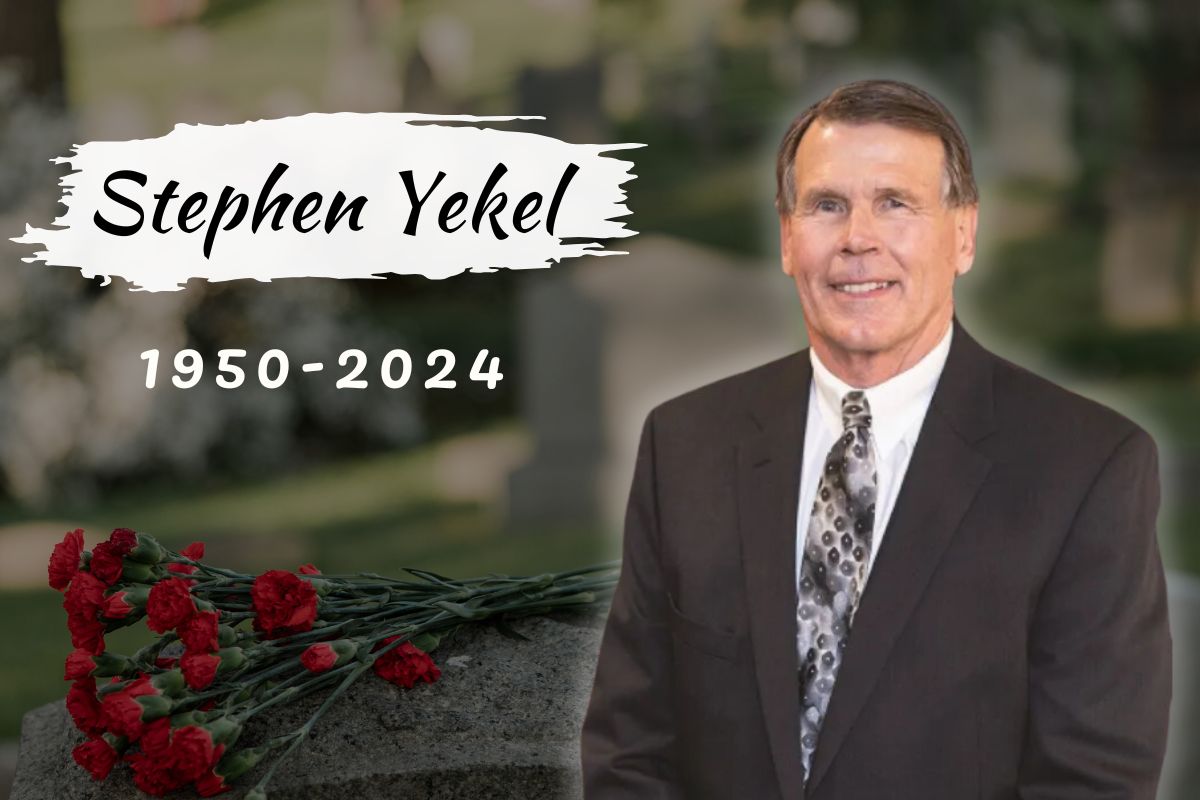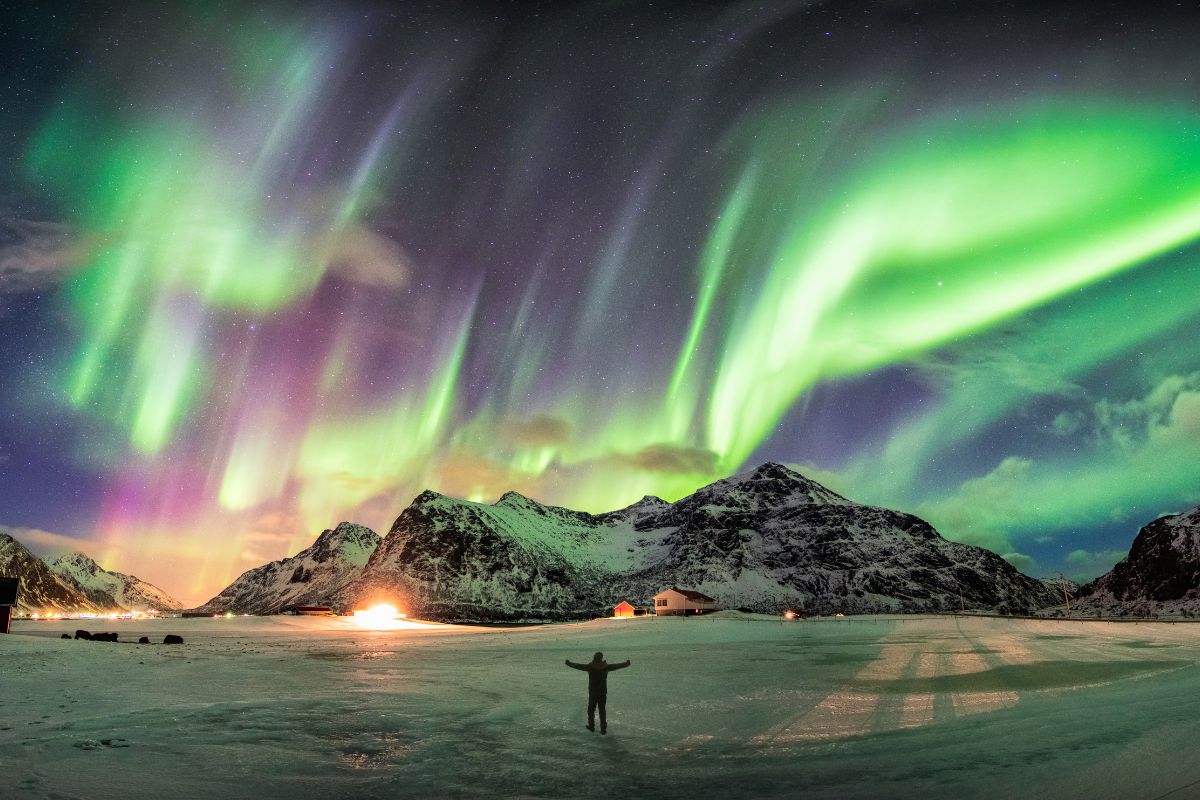The heavens themselves could be providing an amazing natural exhibition as the country gets ready to celebrate New Year’s Eve. With the northern lights perhaps visible as far south as Illinois, Iowa, and Oregon, the NOAA Space Weather Prediction Centre has issued a G3 (strong) geomagnetic storm watch. Projected to reach Earth’s magnetosphere between December 30 and 31, a coronal mass ejection (CME) from the sun causes this amazing phenomenon.
What Causes the Northern Lights?
Auroras Borealis, the northern lights, arise from charged solar particles interacting with Earth’s magnetic field and atmospheric gases. The energy these impacts emit bright green, pink, and blue lighting up the heavens. Multiple CMEs released by the sun over recent days drive this specific event and lead to the approaching geomagnetic storm.
The Sun has really stepped up over the past few days, with frequent solar flares including a strong X-class event! A selection of these flares produced Earth-directed eruptions, expected to trigger a strong geomagnetic storm (bringing aurora) on the 31st! #spaceweather pic.twitter.com/oSiBZWAM4h
— Dr. Ryan French (@RyanJFrench) December 29, 2024
Where and When to Watch
Though auroras may be seen into the early morning hours on December 31, the best times to see the northern lights are between 10 p.m. and 2 a.m. local time. States most likely to see the exhibit are
- Northern Regions: Alaska, Washington, Montana, and North Dakota.
- Mid-Latitude Surprises: Oregon, Illinois, Iowa, Wisconsin.
- Eastern Highlights: Maine, Massachusetts, New Hampshire, and Vermont, Michigan
According to NOAA’s projection, the peak activity falls late on December 30 and early on December 31. On December 31, a second spike is predicted ranging from 4 to 10 p.m. EST.
Tips for Viewing the Aurora
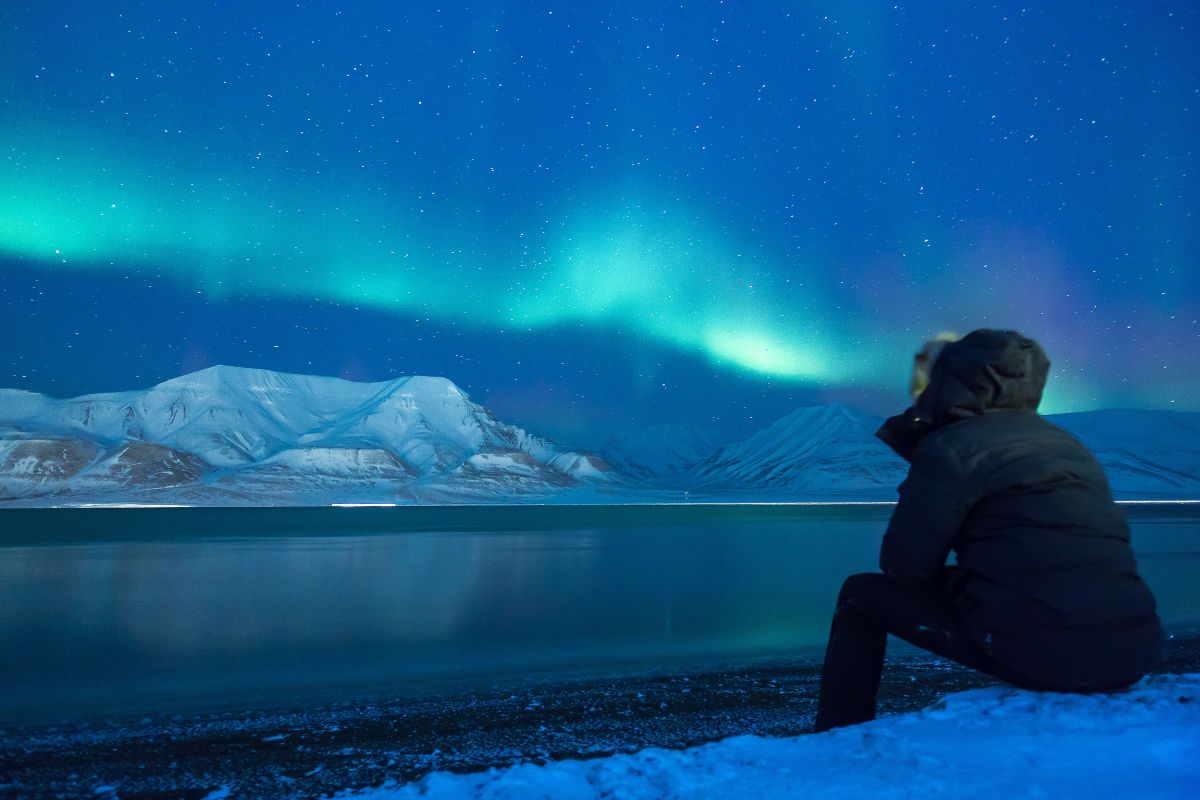

- Escape Light Pollution: For optimum view, head to dark sky reserves or remote communities.
- Monitor the Sky: For real-time updates, use aurora tracking applications such as “My Aurora Forecast & Alerts” or “Space Weather Live.”
- Capture the Moment: Even if they are weak to the unaided eye, smartphone cameras can often find auroras.
Aurora Forecast Amid Solar Peak
Now in the most active period of its 11-year solar cycle, the sun has increased the frequency of CMEs and hence auroras. With at least another year projected from this solar maximum, skywatchers have constant chances.
Historical Context
There have been many aurora displays this year, including a rare strong geomagnetic storm in May that painted the Northern Hemisphere sky. Such events highlight the erratic beauty of space weather, which can fluctuate considerably in strength and visibility much as terrestrial weather does.
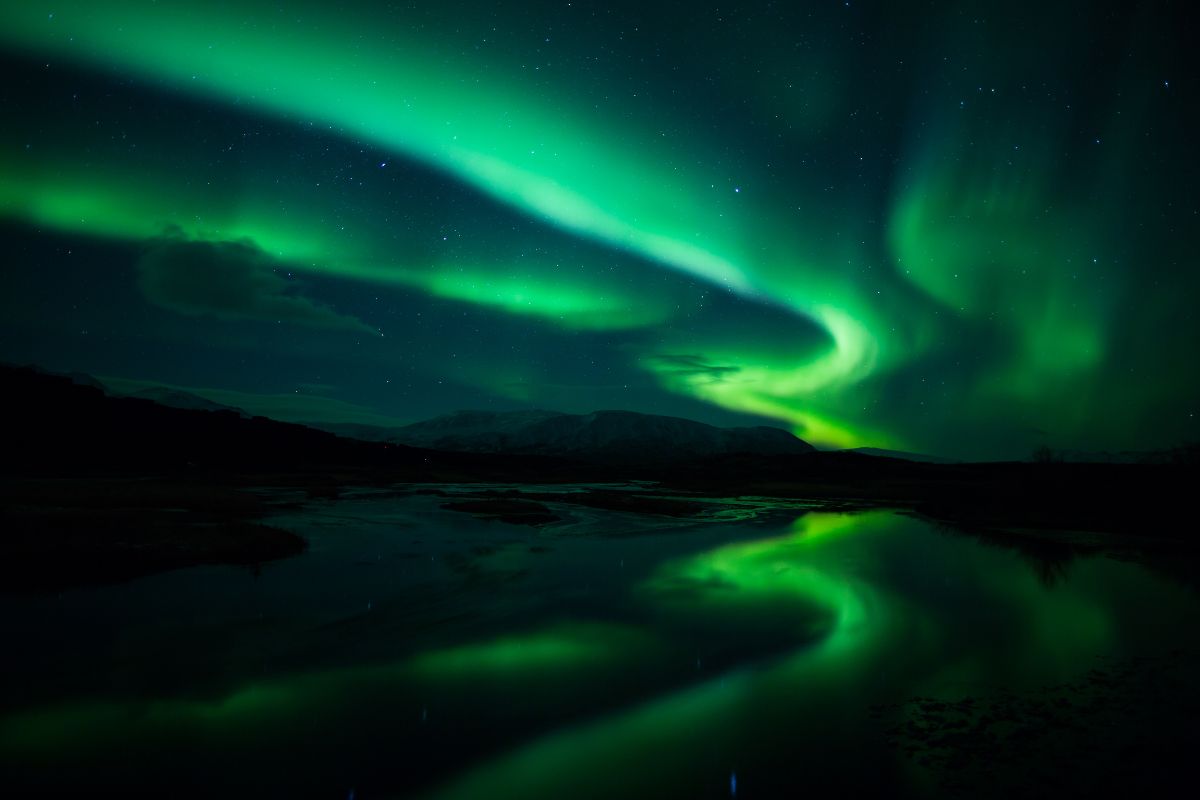

Potential Disruptions
Although geomagnetic storms are mostly visual marvels, NOAA warns of small disruptions to high-frequency radio communications, especially affecting amateur radio operators and aviation.
Conclusion
This New Year’s Eve offers not only the customary celebrations but also an opportunity to see one of the most amazing shows of nature. Watch the heavens and be ready to greet the next year under a heavenly light canopy.







